Jenn and Matt went to Cotic HQ in the Peak District last week to lark about on its new suspension design, the Rocket.
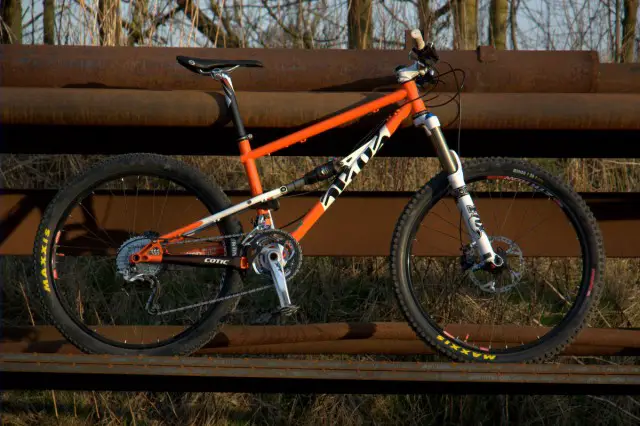
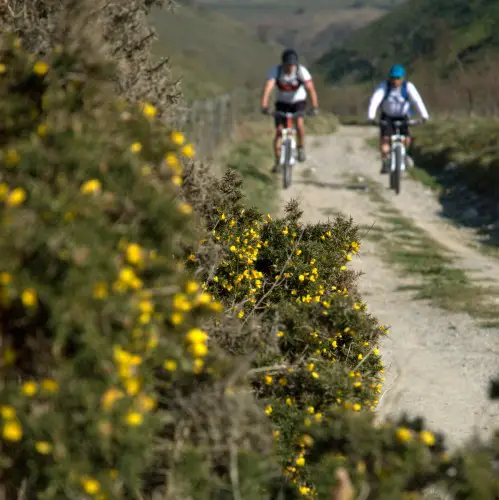
Cotic’s new bike has been nearly three years in the making. From the starting point of a Hemlock frame with a set of slackset cups fitted, Cy aimed for more tyre clearance and an increased shock rate to give a more progressive feel to the suspension travel. The resulting ‘droplink’ suspension platform is really quite a long way removed from the original Hemlock in terms of looks and function. It’s kept some of its forebear’s stability thanks to the 66.5 degree head angle and low bottom bracket, but that’s where the similarities end. Cy wanted to perfect a suspension design which added lightness and ‘pop’ to both of these characteristics and, though it’s been a long time coming while he sweated the details, it’s definitely been worth waiting for.
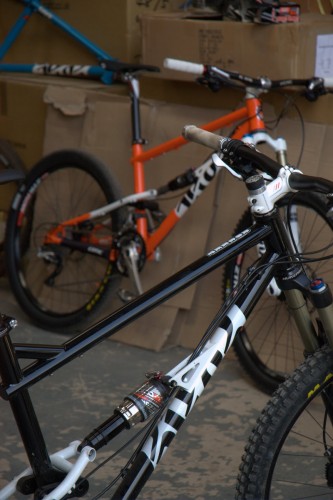
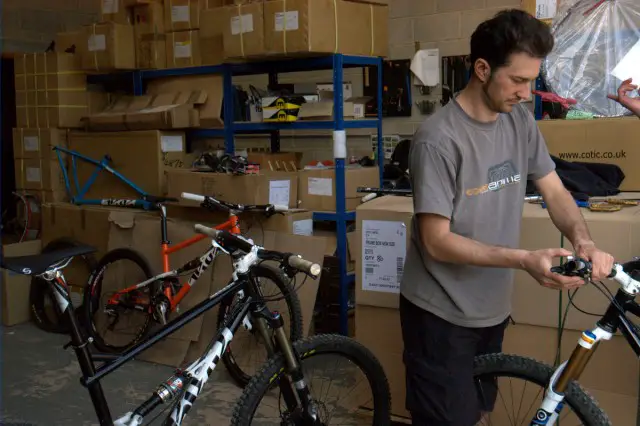
As you probably know by now the front end of the frame is made of steel – Reynolds 853 Ovalform and DZB, to be precise – while the back end is 7005-T6 aluminium. Frame weight is 7.6lbs with a RP23 shock – the unusual choice of material doesn’t incur a weight penalty and we reckon you’d be hard-pressed to tell the difference between this and any other full aluminium frame in a blind test (or, to put it another way, it dispatched our preconceptions by the end of the first boulder-strewn descent). Perceived value counts for a lot though and, as Cy explained, although he didn’t choose to fabricate the front end from steel out of any sort of ‘steel is real’ dogma, making steel bikes is what Cotic is known for. The simple aesthetics will appeal to lovers of clean lines, the decals are as ever beautifully idiosyncratic and of course it still comes in ‘that’ signature Cotic fizzy orange as well as shiny, “look, that’s real dust that is!” gloss black.
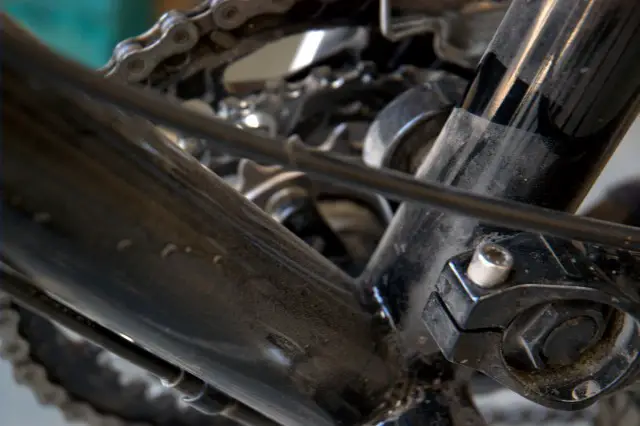
I rode the Float RL-equipped version and thought it climbed exceptionally well – very neutral, with little pedal feedback with the shock wide open even though the gradient of the trails around Calver is the sort which really encourages you to step on the gas. The RP23 version should offer still more control, while the BOS-equipped version is something a little more unusual. In fitting the super swanky, high end shock, Cy focused on the high speed capabilities of the bike. With the Vip’r, traction and movement both get a boost, resulting in a controlled but supple ride which might not climb as well as the Fox versions if you’re a habitual middle ring masher but is unsurpassed once you open the throttle downhill and over rough ground.
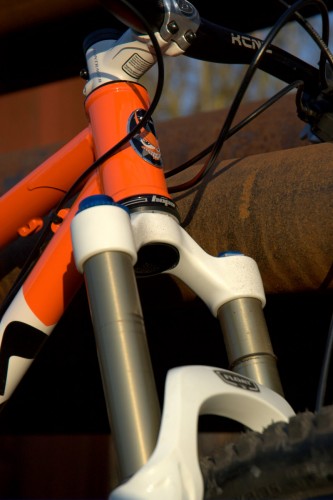
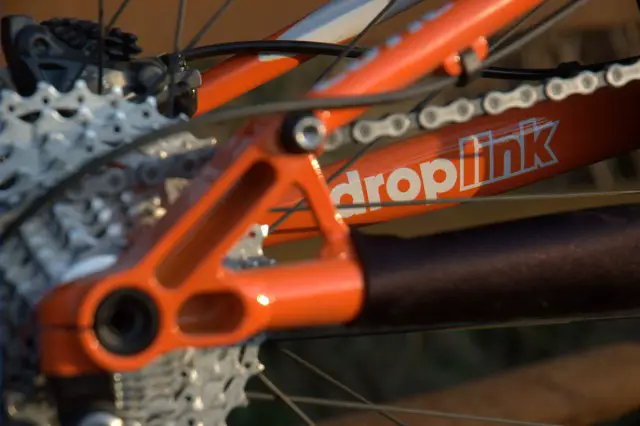
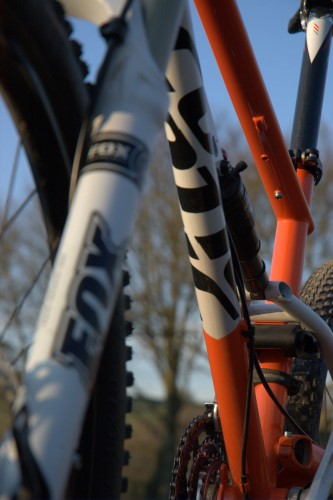
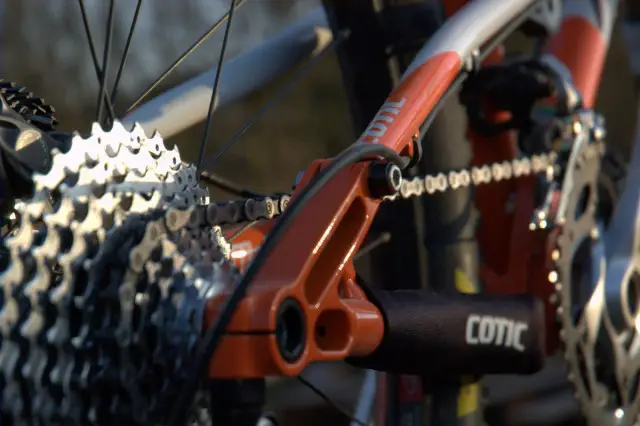
There are massive amounts of standover and the 44mm headtube will take every current fork standard, from 1.125 to 1.5in and tapered versions in between, with the application of the correct headset. With a mid-rise bar both our test bikes felt beautifully low and stable; the bottom bracket tops out at 13.3in with a Float up front and the effect is of a very stable, very confident ride. Now, we know that journos are apt to slap the ‘confidence inspiring’ label on anything remotely low-slung but the proof of the bike is in the riding and if we’re happy to throw a bike that we’ve only been on for ten minutes into full foot-out, flat-out mode – like we were on the Rocket – then it really is worthy.
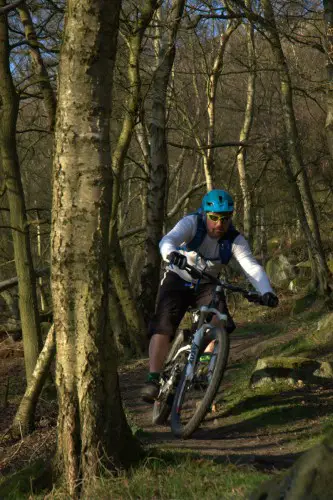
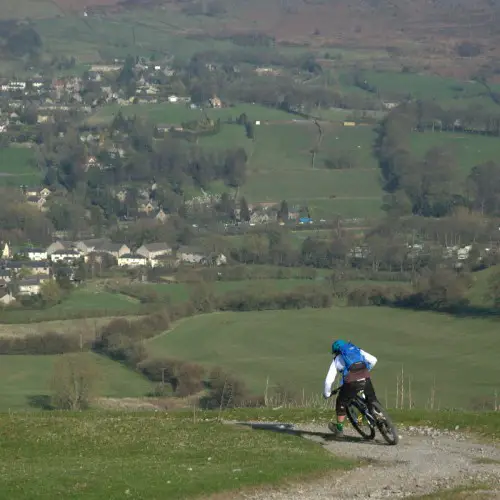
The best way to describe the ride feel is as something which mixes the liveliness and agility – yes, that ‘pop’ we keep going on about – of a short-travel full sus, with the get-out-of-jail-free card of 150mm travel. To put that into layman’s terms, I’m mostly a wheels-on-the-ground sort of rider and like smooth lines, yet found myself taking the most convoluted routes through boulder sections just to maximise the number of little jumps I could do. Those lines might not have been the fastest lines, but they were definitely the most fun, and fun is what the Rocket is all about.

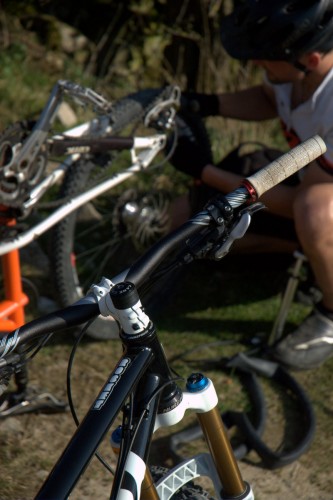
Alternatively, here’s the translated version of Matt’s post-ride eulogisings, sans random capitalisation and plus gas:
“It’s a f—ing ace, planted, quiet-feeling bike – aesthetically you’re very aware of its steelness but it’s not really noticeable either way underneath you. The steel happens to be the metal to hang a very nice suspension design off. Nice and low slung between your legs, dead modern numbers, proper sized seattube that’ll take an up and downer post, easy front wheel lifter, easy to manoeuvre, poppy and lively rather than downhill ground sucker – I was really surprised how happy I was to ride it down stuff for my first go as well. And you can fit an angle set too!”
[Don’t worry; we won’t let him.]
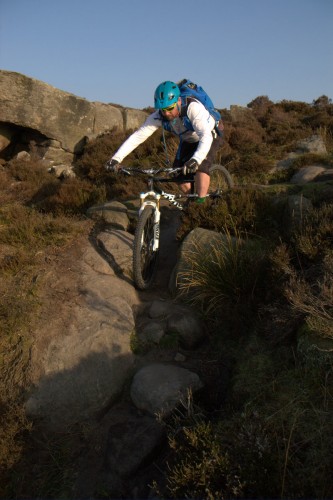
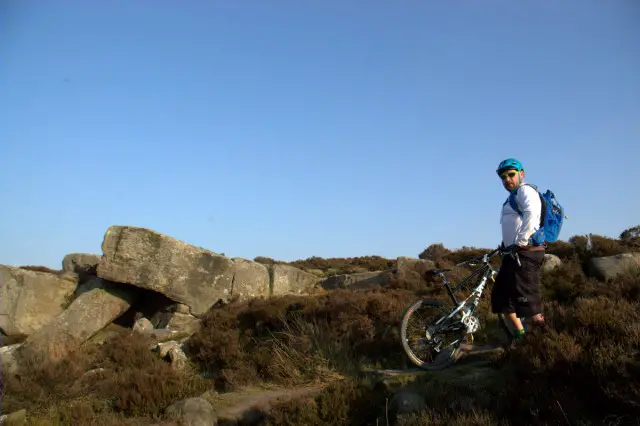
We like bikes that make us want to pedal faster everywhere, all the time. We also like bikes that make us giggle like fools. The Rocket ticks both those ego-flattering boxes and plenty more besides. There’s going to be stiff competition for it in the office when the time comes for a proper test…
The Rocket frame and shock comes in at £1,350 with a basic Fox Float RL and £1,400 with Marzocchi Roco Air LO. The super speedy Fox RP23 Kashima version is £1,475 and the ‘something for the weekend, sir?’
BOS Vip’r Custom Tune is £1,580. Zip on over to www.cotic.co.uk/product/rocket for more.

Comments (12)
Leave Reply
Post Comment
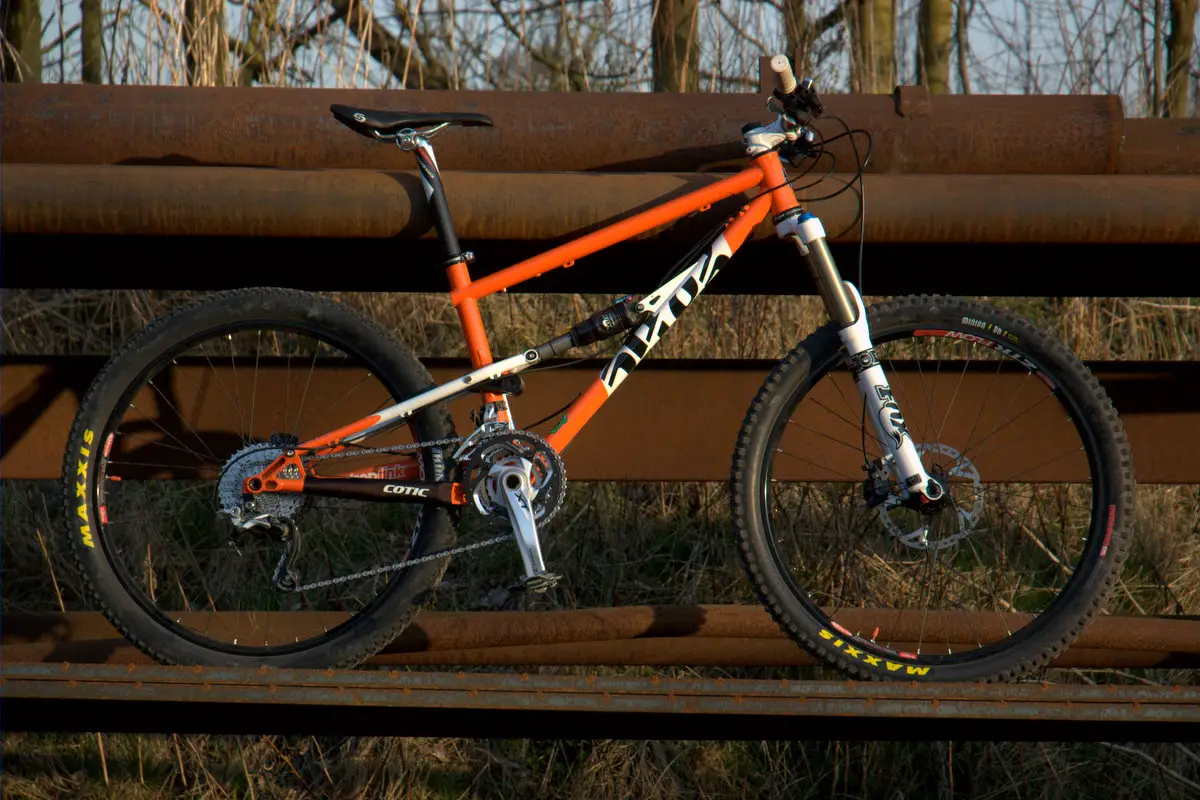
Hmm, very tempted…
I note that the black frame has a brace from the top tube to seat tube, whereas the orange one does not.
That brace is also shown on the image & photo on the cotic website.
Not sure which design I like best, but assume the brace is only required on larger frames?
Looks lovely, and will be my next FS frame. Just need to wear out this Hemlock I have..
Really, really tempted. Been looking for something different to replace my ’06 Specialized Enduro……….this might just be the one for me. Congrats to Cy, Robbie etc.
very fine looking bike, hope the big ones look as good as the orange. what was rear clearance like?
ah, question answered on the cotic site. “Clearance for big tyres – 2.5″ DH tyres run with plenty of clearance”. nice
Brace tube is on medium and large. Small had plenty of standover clearance, but I didn’t drop it further because there needed to be room for a bottle above the shock.
My large prototype – http://www.flickr.com/photos/coticltd/6837550101/
My large prototype with large me on board – http://www.flickr.com/photos/coticltd/6829693780/
Looks great. Looking forward to the demo day at Cwm Rhaeadr in May.
Looks very nice, I’d decided on getting a new road bike but this is lovely.
Hello ST folks, it looks like the orange one had 36’s on? hard to tell in the pics.
Best looking bike of 2012. Lovely. I I hadn’t just gone bonkers custom 29er, I’d be all over it..great. Well done all involved.
Saw it on the stand at the handmade bike show in Bristol. It was just sitting there whispering “ride me! ride me! ride me!” .. very nice.